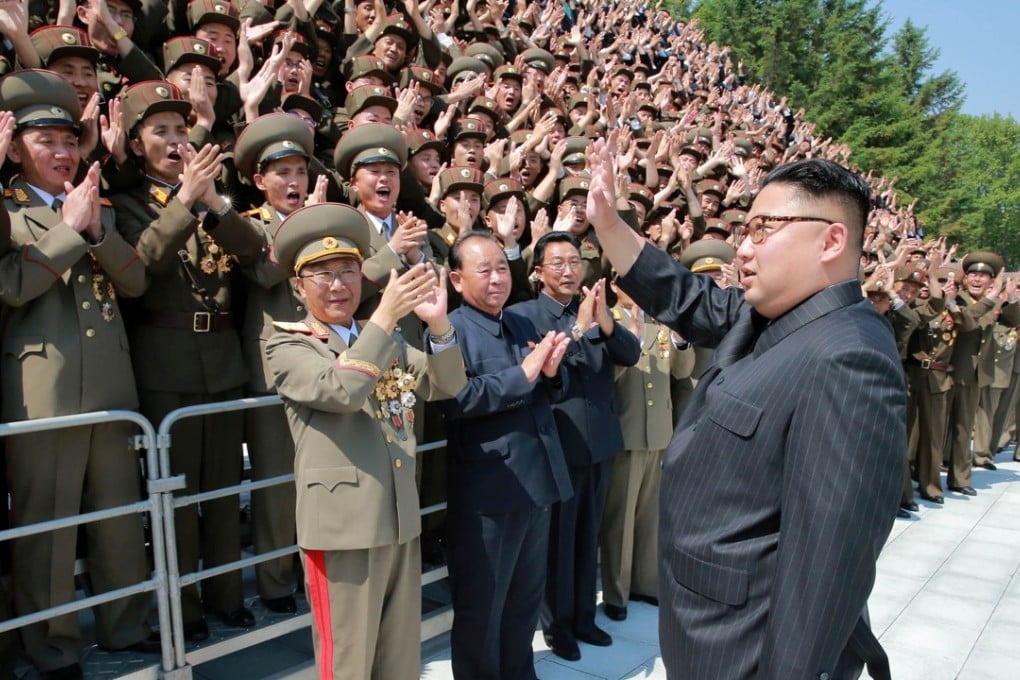North Korea’s passed a dangerous nuclear threshold – did anybody notice?
Kim Jong-un’s missile programme may not yet be ‘perfect’, but the latest tests reveal ominous progress that could put the United States and China within its range – and sooner rather than later

Not unlike the boy who cried wolf, North Korea’s repeated claims that it has “perfected” its missile technology tend to be dismissed internationally as yet another round of bluster.
Part of the process of acquiring a nuclear deterrent – even before it is perfected – is to exaggerate its threat.
The goal is to keep Pyongyang’s adversaries at bay, to shock them into a state of strategic immobility. In a multi-party setting, where the United States, China, Japan, Russia and South Korea are all keen to prevent North Korea’s nuclear progress, such a ruse makes perfect sense.
The more these countries disagree with one another about how to dismantle its nuclear programme, the more likely it is that Pyongyang can achieve its double objectives.
But there was something very unique and exceptional about its latest missile test: not only did the projectile make it into space, it successfully re-entered Earth’s atmosphere without suddenly exploding.
